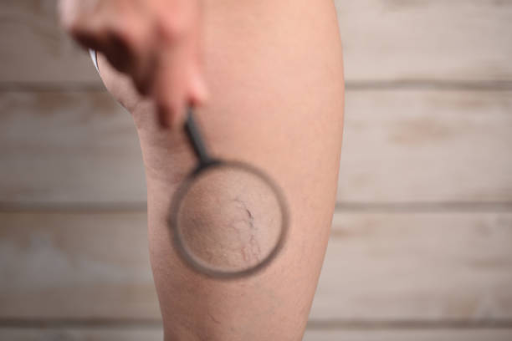
Vein disorders are common medical conditions that can cause discomfort, pain, and other complications if not treated properly. They affect the proper functioning of veins in the body, and some of the most common vein disorders include varicose veins, spider veins, and deep vein thrombosis. Varicose veins are swollen and enlarged veins in the legs and feet, while spider veins are smaller and usually appear on the legs and face.
What are Vein Disorders?
Vein diseases are abnormalities of the veins in the body that interfere with their ability to carry out their normal functions. Varicose veins, spider veins, and deep vein thrombosis are some of the most prevalent vein problems. Varicose veins are the most common problem. If the appropriate treatment is not received, these disorders might result in discomfort, pain, and other issues.
Types of Vein Disorders
Varicose Veins
Varicose veins are swollen and enlarged veins that usually occur in the legs and feet. They can be caused by weak or damaged valves that allow blood to flow backward and pool in the veins. Factors that increase the risk of developing varicose veins include age, pregnancy, obesity, and family history.
Spider Veins
Spider veins are smaller than varicose veins and usually appear on the legs and face. They are characterised by their web-like appearance and can be caused by genetics, hormonal changes, and prolonged standing or sitting.
Deep Vein Thrombosis (DVT)
Deep vein thrombosis is a severe condition when a blood clot forms in a deep vein, usually in the leg. This condition can be life-threatening if the clot breaks loose and travels to the lungs, causing a pulmonary embolism.
Symptoms of Vein Disorders
The symptoms of vein disorders vary depending on the specific condition. Also, some common symptoms includes:
- Swelling in the legs, ankles, or feet
- Pain or discomfort in the legs, especially after standing or sitting for long periods
- Varicose veins, are enlarged and twisted veins that are visible just beneath the skin
- Spider veins, which are smaller and usually appear on the legs and face
- Skin discoloration or changes in texture, such as thickening or hardening of the skin
- Itching or burning sensations in the affected area
- Cramping or throbbing in the legs
- Ulcers or open sores on the skin, particularly around the ankles
In some cases, vein disorders may not cause noticeable symptoms, especially in the condition’s early stages. However, vein disorders can progress if left untreated and cause more severe symptoms and complications. It is essential to consult a healthcare professional if any of these symptoms are present or if there is a family history of vein disorders. Early diagnosis and treatment can help prevent complications and improve overall vein health.
Treatment Options for Vein Disorders
The treatment for vein disorders depends on the severity of the condition. In mild cases, lifestyle changes such as exercise, weight management, and avoiding prolonged sitting or standing may be enough to alleviate symptoms. In more severe cases, medical treatment may be necessary, and seeking professional help from Vein Health Clinics could be beneficial.
Sclerotherapy
Sclerotherapy is a standard treatment for spider veins and varicose veins. A solution is injected into the affected veins during this procedure, causing them to collapse and fade over time.
Endovenous Laser Treatment (EVLT)
Endovenous laser treatment is a minimally invasive procedure used to treat varicose veins. During this treatment, a tiny laser fibre is inserted into the affected vein and heat seals it shut.
Venous Ultrasound
Venous ultrasound is a non-invasive test that uses sound waves to create images of the veins in the body. This test is used to diagnose conditions such as DVT and varicose veins.
Compression Stockings
Compression stockings are special stockings that apply pressure to the legs, promoting blood flow and reducing swelling. They are commonly used to treat mild to moderate varicose veins.
Conclusion
Vein disorders are becoming more common in our modern world, and it’s essential to understand what causes them, what symptoms they cause, and what treatments are available. If you have any signs of a vein disorder, you should see a doctor immediately to keep the condition from worsening and causing more problems. Taking preventive steps, like exercising regularly, eating well, and not sitting or standing for long periods, can also help improve your vein health and stop problems from happening. By going to the doctor when you need to and making healthy choices, you can improve your vein health and live a better life.
